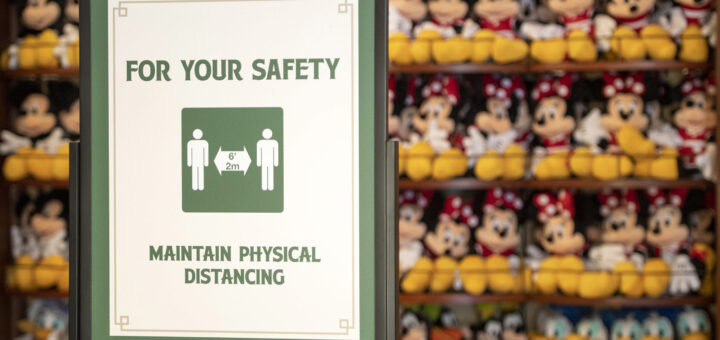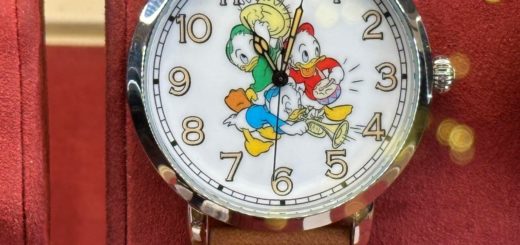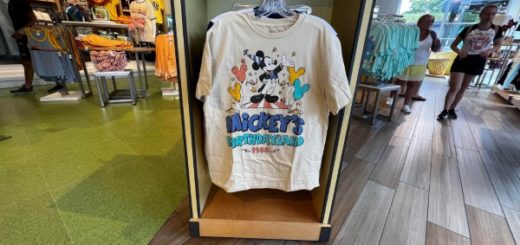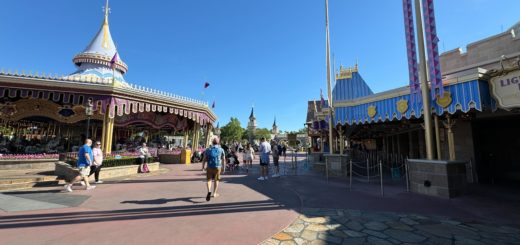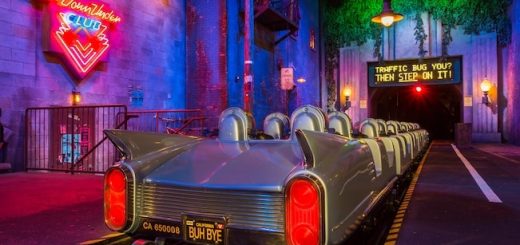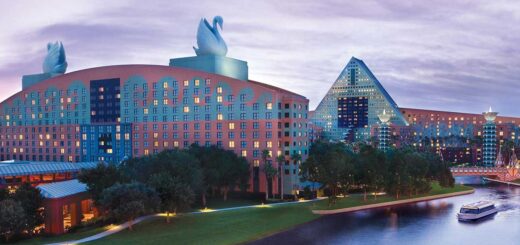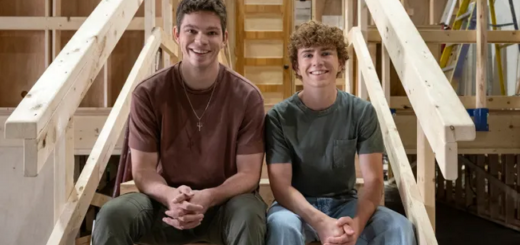Eight Best Words That Describe Disney in 2020
At the start of 2020, The Walt Disney Company appeared well-positioned to enjoy a historic year.
Alas, Disney did…but not in the way that anyone had expected. Coronavirus hurt the company across its core businesses.


Despite all the setbacks, Disney persevered and currently possesses its largest market cap ever.
In the process, we’ve learned a great deal about the company. Here are eight words that best describe Disney in 2020.
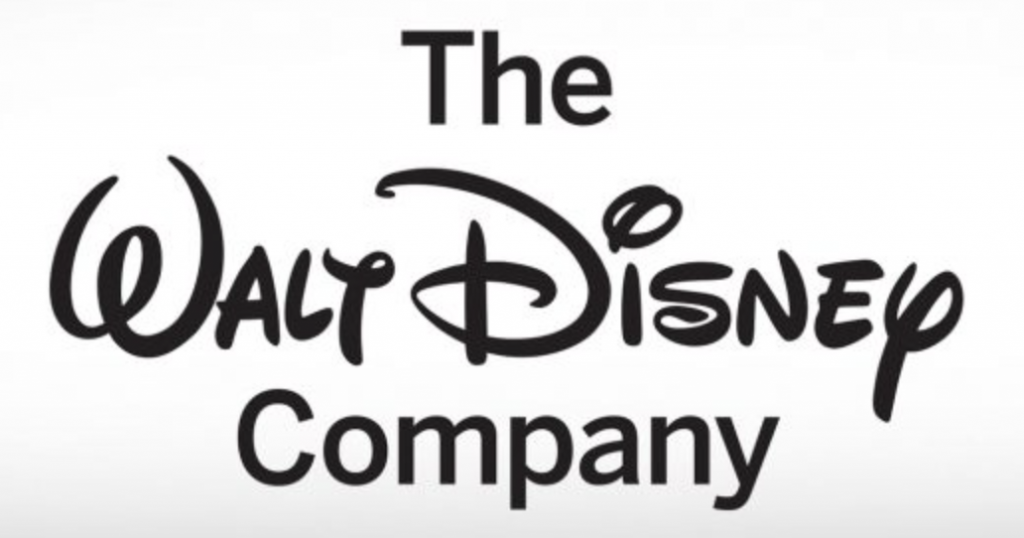
Resilient
Let’s start with the most impressive one. Most businesses struggled mightily this year, but Disney lost several of its anchor revenue streams.
Movie theaters closed, sports events had to shut down, and the parks did the same.


So, Disney couldn’t collect revenue from film releases, ESPN/ABC sports-based revenue, or theme park attendance.
The problems ran deeper than that, and they undeniably hurt the company. Disney has performed more than 32,000 layoffs and counting thus far.


Photo: Jeff Gritchen, Orange County Register/SCNG
However, the company somehow managed to survive and prosper during impossible circumstances.
We’ll discuss the details throughout this list, but here’s the one that matters.


The day that the stock market fully recognized the danger of Coronavirus, March 17th, Disney’s market cap fell to $178 billion.
In the wake of Disney Investor Day on December 10th, Disney crossed $318 billion!
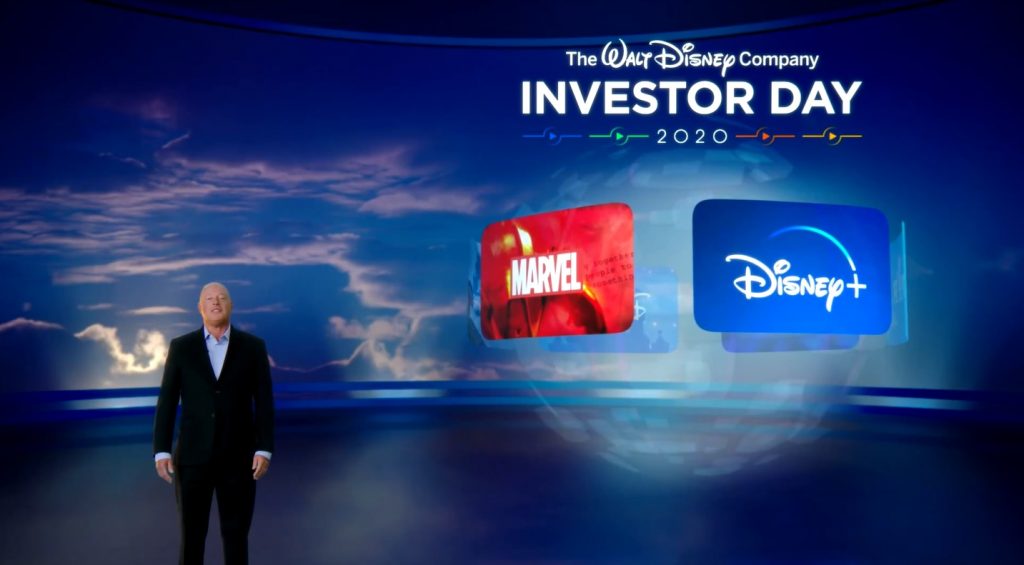

Photo: Disney
Disney has made itself more valuable despite facing the worst possible calamity.
Adaptive
At the start of 2020, Disney as a company wasn’t easy to put in a box.
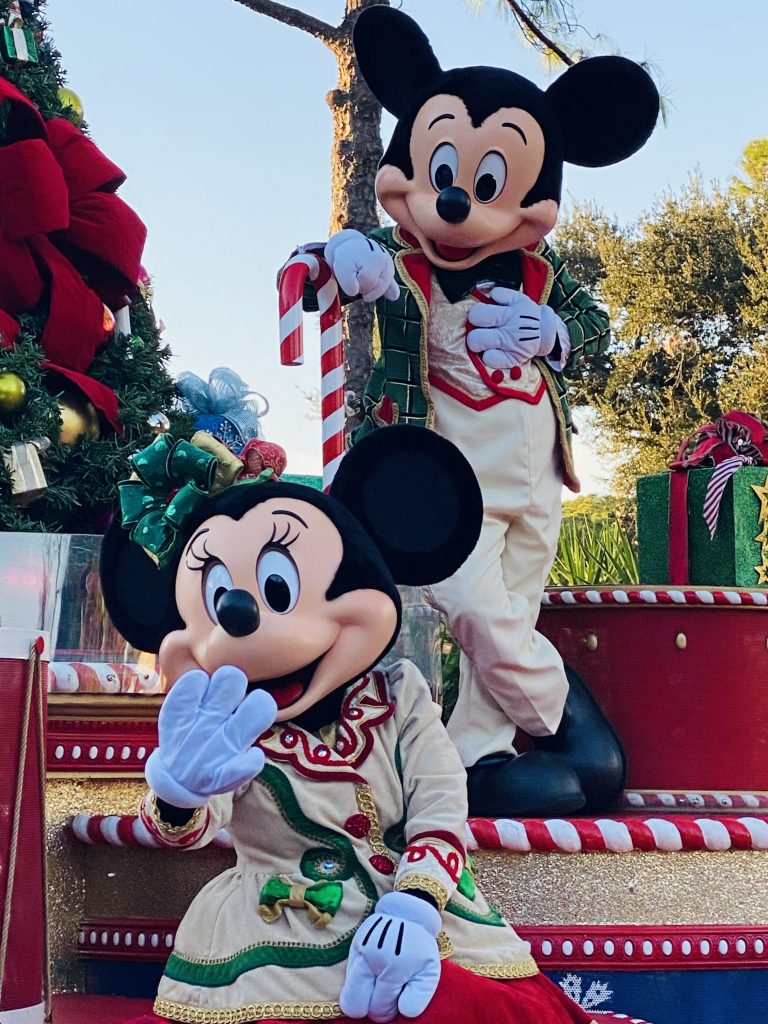

Its diversification meant that some would describe it as a movie company, while others would say theme park.
For fiscal 2019, Disney earned the most for its theme parks division, but its Media Networks division wasn’t far behind.
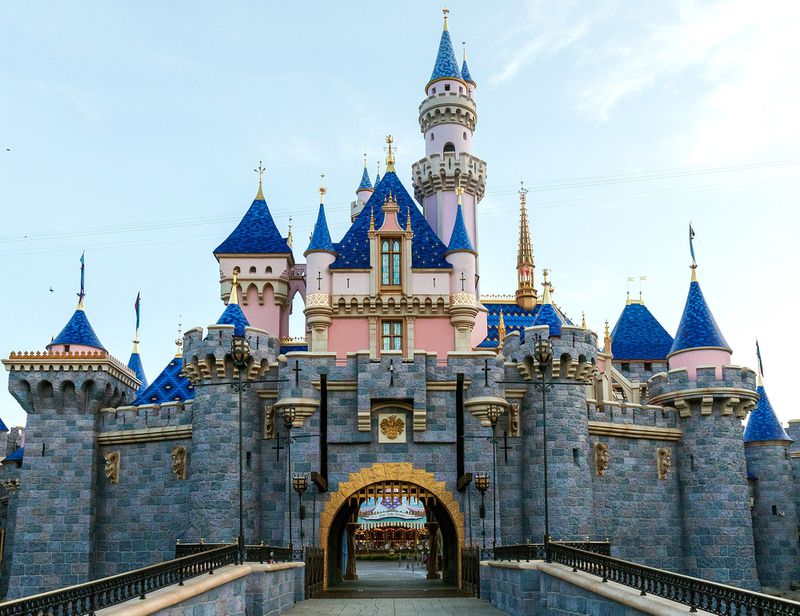

Credit: latimes.com
Also, Disney earned more movie box office than any studio in the history of the industry.
As we flip the calendar to 2021, Disney does have a focus. It’s now a streaming media company, first and foremost.
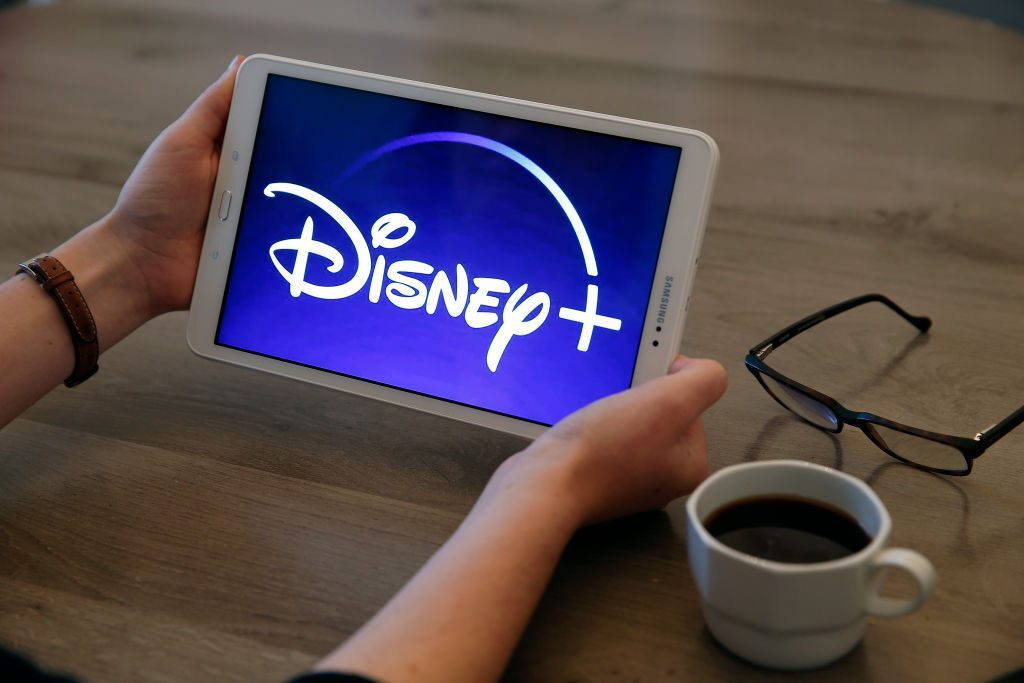

Photo: Chesnot/Getty Images
New CEO Bob Chapek has said as much, which demonstrates how well Disney can adapt to trying circumstances.
Once the pandemic started, Chapek chose a path forward, and it represented a dramatic change, a total business pivot.
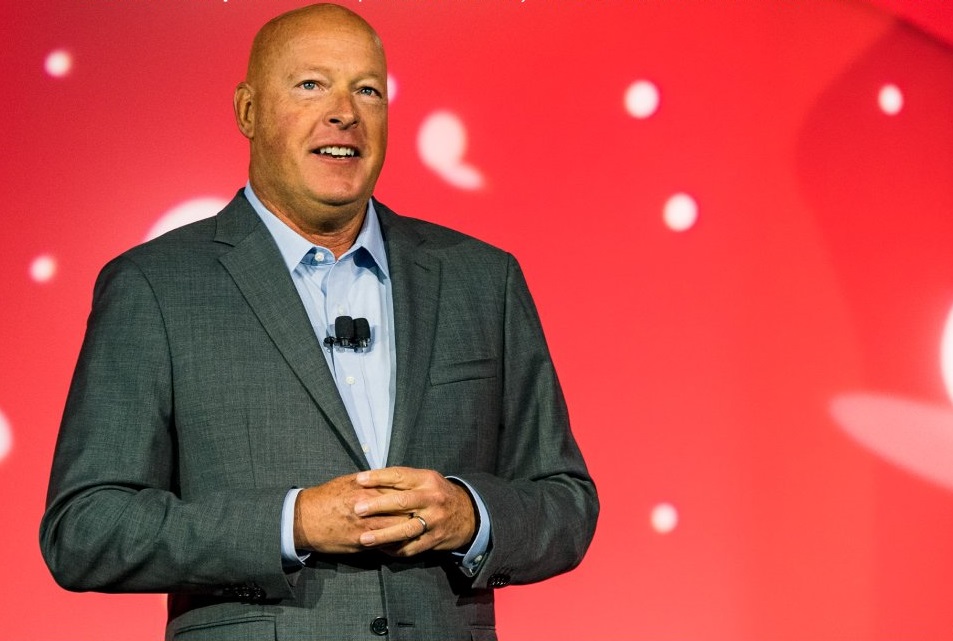

After all, Disney’s streaming divisions didn’t exist until April of 2018. March of 2019, and November of 2019.
A company that Walt Disney founded in 1923 will rest its entire future on an industry that didn’t even exist until 2005. That’s adaptive.
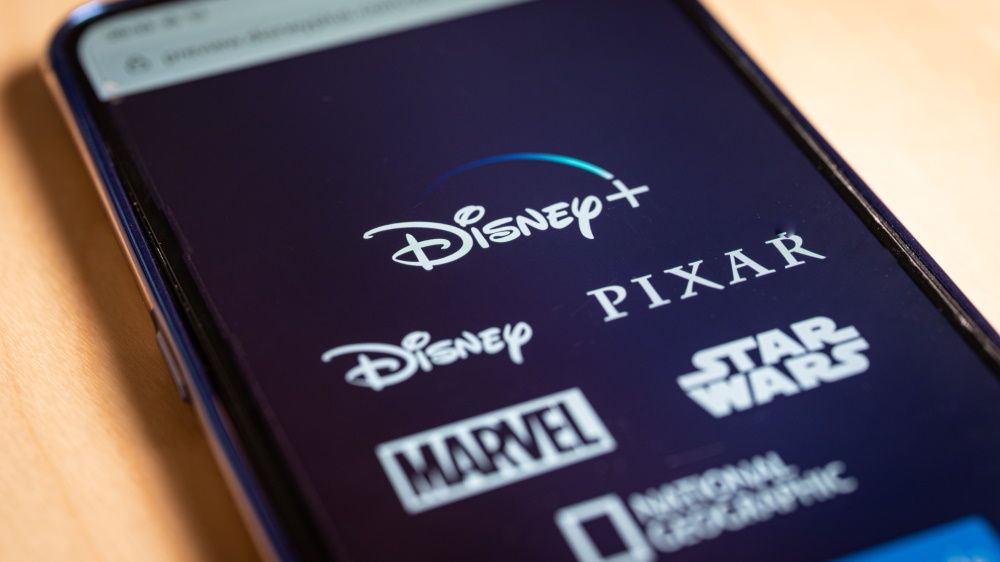
Forward-Thinking
Look at the paragraph I just posted. Disney has disrupted its own business model in a savvy attempt to build a better tomorrow.
Anyone who has followed Disney stock over the past five years knows the question that has haunted it.
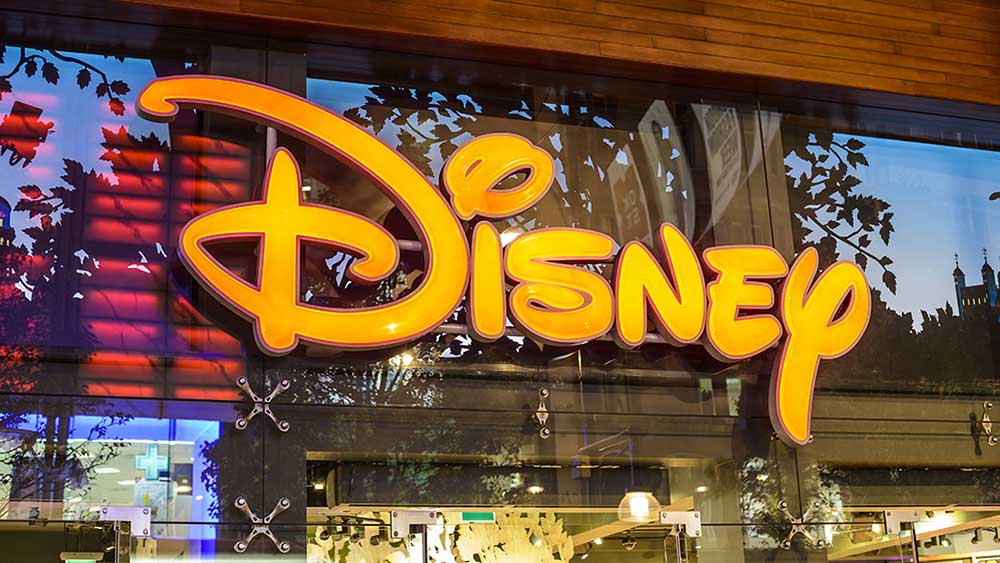

“What will Disney do about the decline of live television viewers?”
Since 1995, Disney has relied on the advertising revenue it gains from ABC, ESPN, Disney Channel, and other cable outlets.
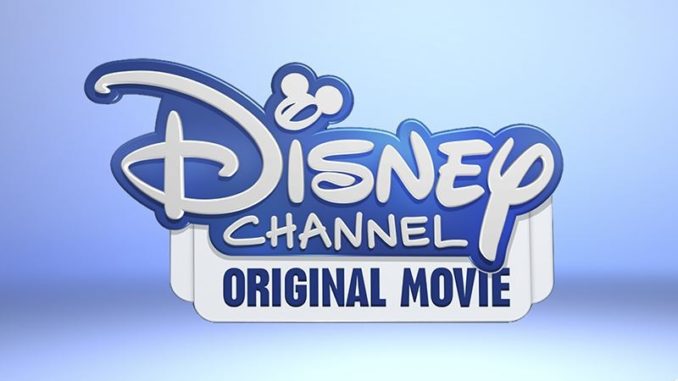

A few years ago, Netflix’s disruption started impacting these revenue streams, and Wall Street rightfully wondered whether Disney could adapt.
Fast forward to this past week. Disney threw out the old playbook entirely, announcing that 80 percent of its future content would debut on streaming services.
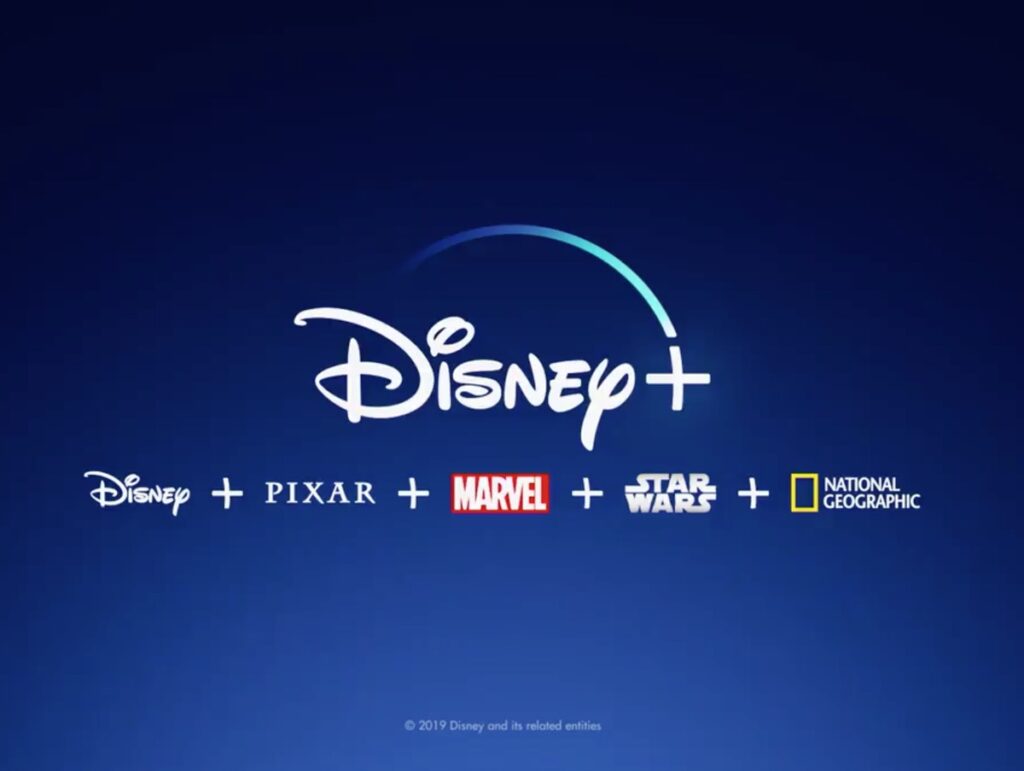

Snow White and the Seven Dwarfs opened in theaters 83 years ago.
If it received a sequel in the near future – and it might –, it’s 80 percent likely to start on Disney+.
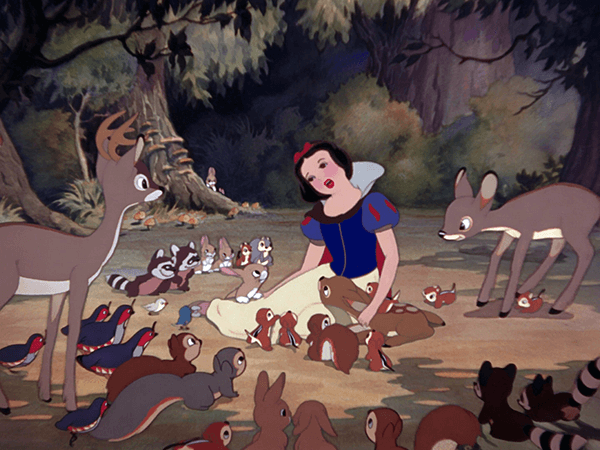

Not many 97-year-old companies would embrace the future that much.
Then again, the best way to protect Walt Disney’s legacy is by planning for tomorrow.

Innovative
Similarly, Disney has flexed its technology muscle in 2020.
Since the start of 2020, the parks have enhanced the use of Mobile Ordering, introduced Park Passes, and introduced Mobile Check-In.


(Matt Stroshane, photographer)
QR codes are seemingly everywhere now, as Disney tries to minimize the number of physical encounters between cast members and customers.
You can even add your name to a digital waitlist for a Table Service restaurant when you don’t have a reservation.


Only Mobile Ordering existed before 2020. It’s an example that Disney understands which of its prior ideas fit the new post-pandemic world.
Similarly, online hotel check-in was available to guests last year. In 2020, it’s a necessity to the point that Disney requires customers to use it.
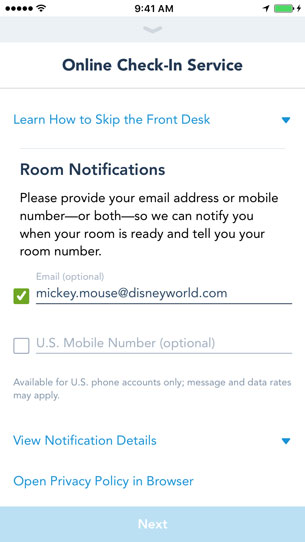

Innovations of the past and innovations from 2020 have meshed together to create a better park experience.
I’m saying that before we even factor in Disney’s pivot to streaming. Disney’s an innovative company that has thrived due to technology in 2020.

Safe
Disney has faced an impossible situation during the pandemic. Executives knew that the company needed the revenue stream to avoid financial ruin.
However, Disney cares about its customers more than pretty much any other corporation on the planet.
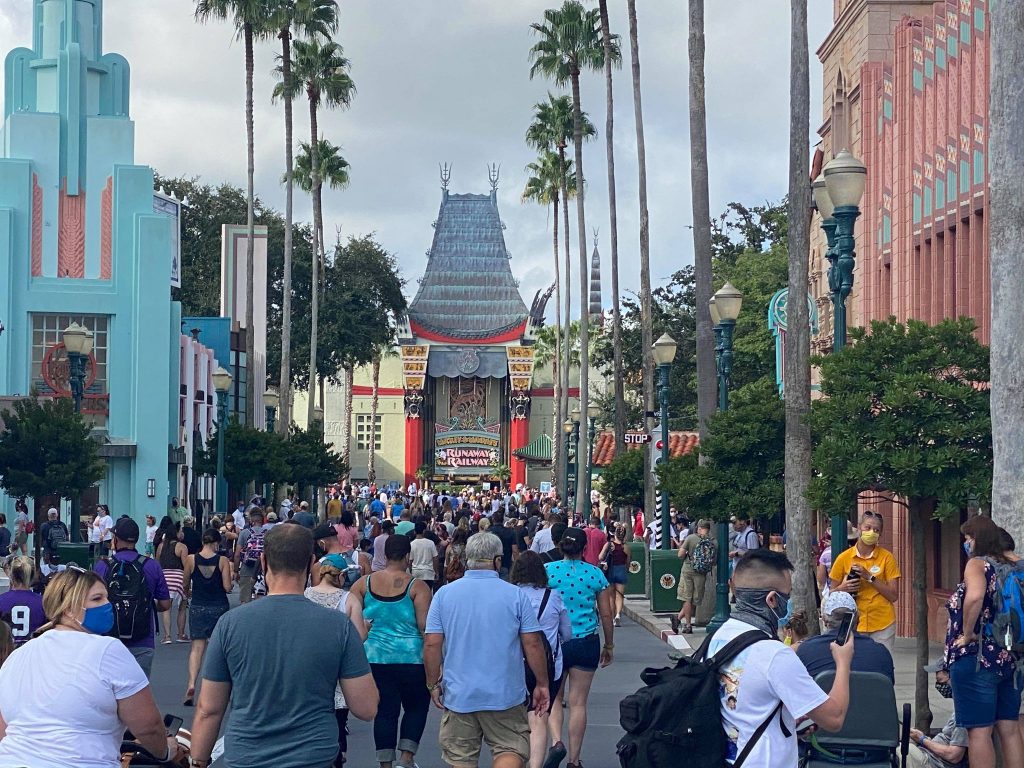

Even if there weren’t legal liabilities involved, Disney still wouldn’t have jeopardized the safety of its loyal supporters.
So, Disney’s parks remained closed after other theme parks reopened. Disney waited until it had established the necessary safety parameters.
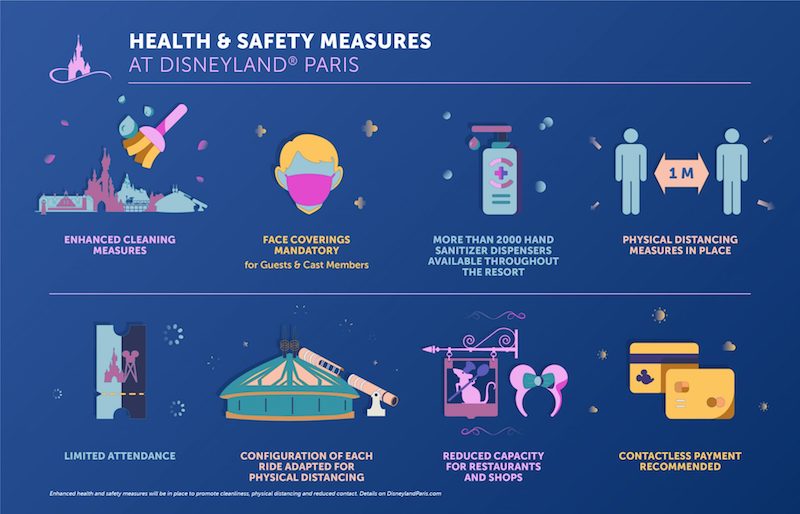

The parks needed to protect the health of more than just customers, too. The cast members risked their safety every day they showed up for work.
For these reasons, Disney required face masks, performed temperature checks, and introduced Relaxation Stations.
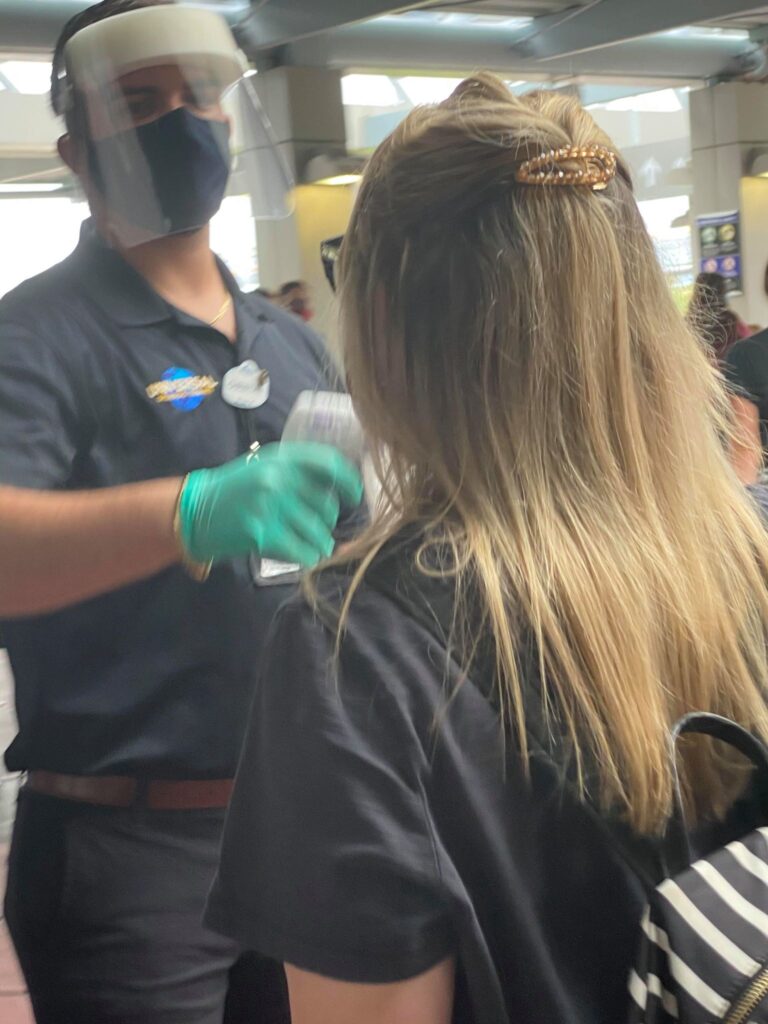

Guests may safely visit the parks. If their face coverings start to bother them, they can head to a Relaxation Station to take a mask-less break.
Disney’s strategies proved so effective that the NBA constructed a bubble at three official resorts.


During the completion of the NBA season, zero players tested positive.
Contrast that to other major sports, which have all suffered severe outbreaks and cancellations.


Image Credit: Disney
Brave
Even for a company Disney’s size, speaking truth to power requires a great deal of bravery.
During 2020, Disney has had to do this several times. The company always operates in the face of a bright spotlight, as it’s held to a higher standard.
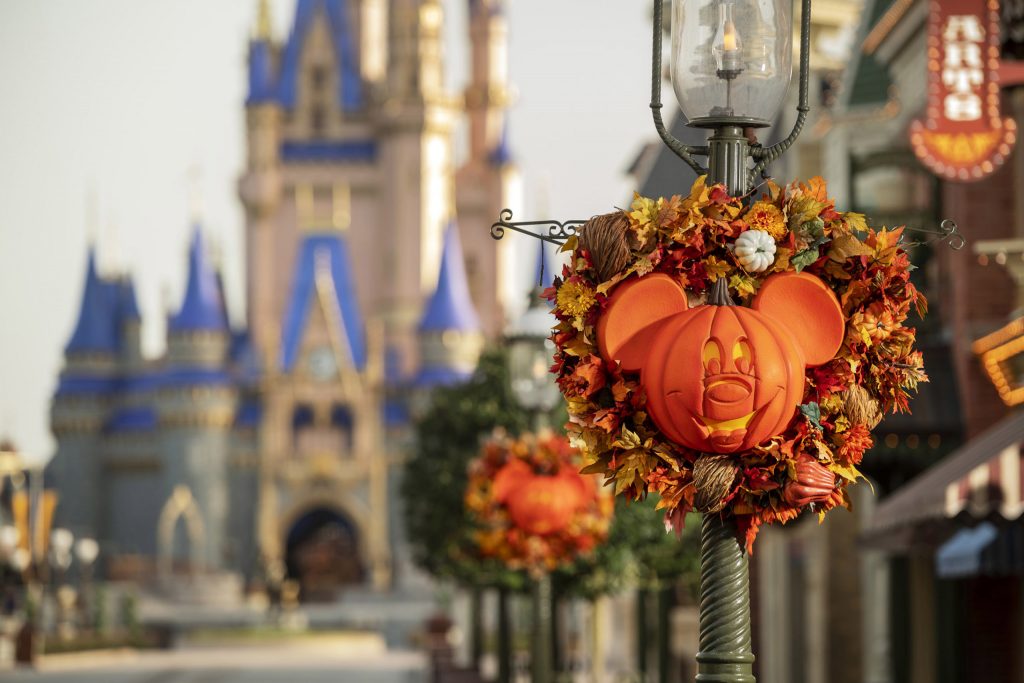

Photo: Kent Phillips, photographer
You can imagine how awkward it was for Florida to take a less restrictive stance regarding Coronavirus regulations while California went the other way.
Disney resisted local, state, and federal pressure to quickly reopen Walt Disney World, even as competitors at Universal Studios and SeaWorld did.


Photo: Disney
The company waited more than a month longer…and promptly got buried by unfair social media memes.
Conversely, Disney expected to reopen the Happiest Place on Earth at least twice. Alas, California’s COVID-19 numbers never came down enough.
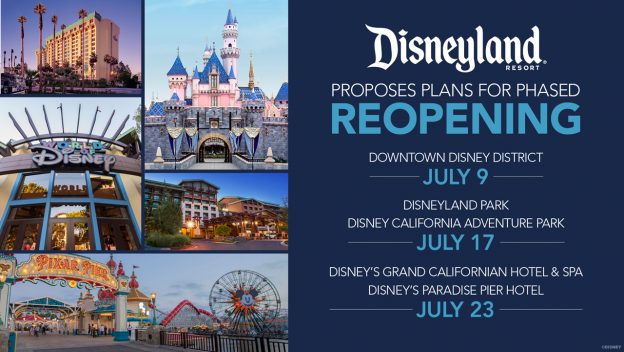

Disney resented that California wouldn’t allow it to reopen, especially since the Florida park still hasn’t registered any outbreaks.
So, the company bristled under what it deemed draconian restrictions, insisting that the ones from Walt Disney World would work.


(Matt Stroshane/Disneyland Resort)
However, instead of playing politics, Disney has honored California’s requests while maintaining higher standards than required in Florida.
This tightrope act requires plenty of balance and even more bravery.
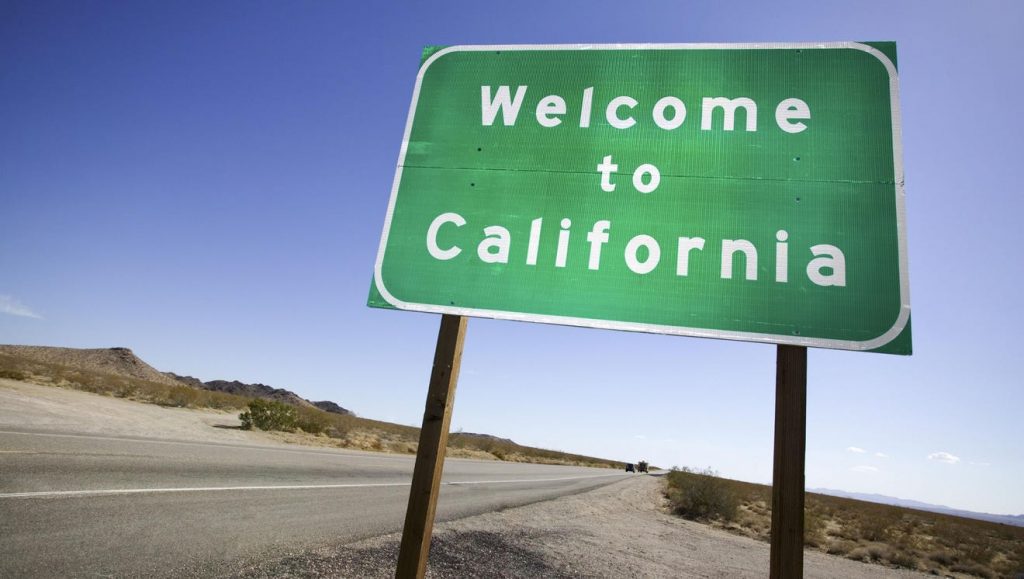

Photo: Getty Images
Responsive
Disney faced an almost comical number of park-related changes this year.
The pandemic forced a complete re-evaluation of safety measures in place at the parks.


When Coronavirus became problematic early in the year, Disney quickly added portable hand-washing stations.
Then, while the parks were closed, cast members crafted signs on the ground to ensure social distancing.
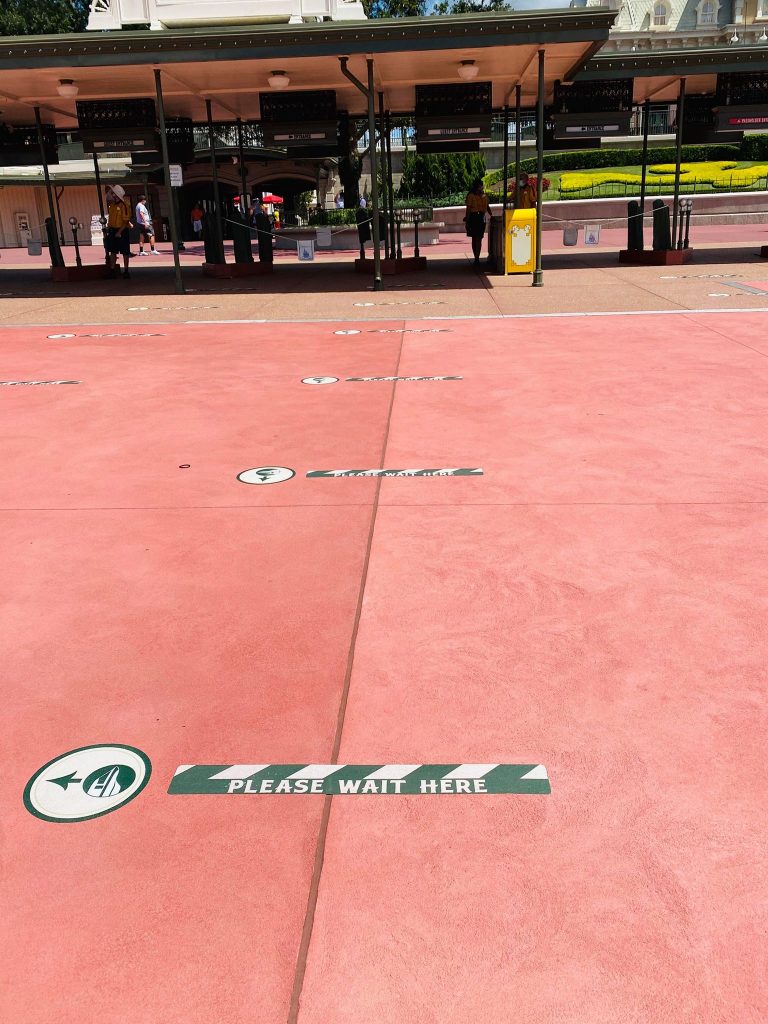

Meanwhile, Disney stopped FastPasses, required Park Passes, and limited capacity to protect guests.
Virtually all attractions gained hand sanitizer stations so that guests could ride everything safely.
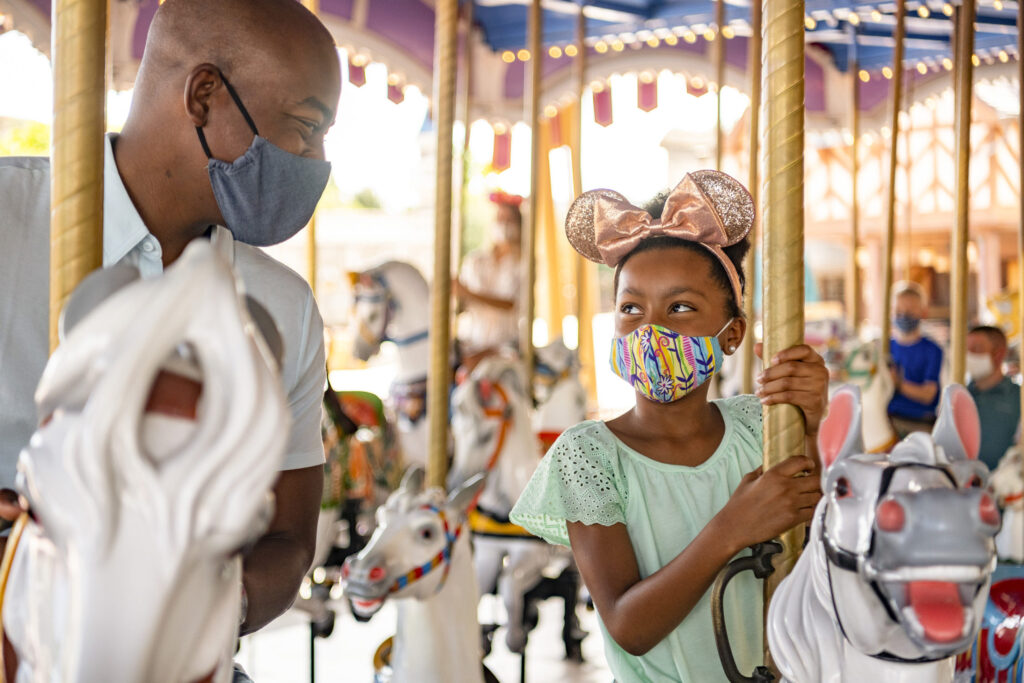

(Matt Stroshane, photographer)
After the parks opened, Disney continued its improvements. Some rides added plexiglass barriers to prevent the spread of dangerous droplets.
Even now, MickeyBlog discusses new safety measures several times a month. That’s because Disney has been so responsive in protecting guests.


(Kent Phillips, photographer)
Digital
Yeah, there’s just no getting around it. Disney’s a digital company now.
The company announced its intentions earlier in the fall then confirmed them on Investor Day.
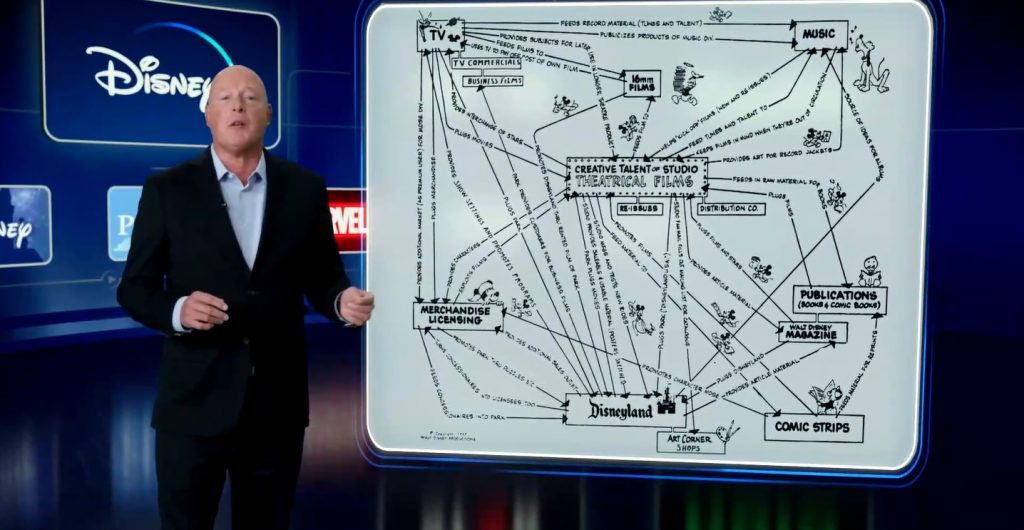

One Seeking Alpha analyst has performed calculations to explain the why of it.
His back-of-the-napkin math suggests that Disney streaming services should gross more than $25 billion and net nearly $10 billion…at a minimum.
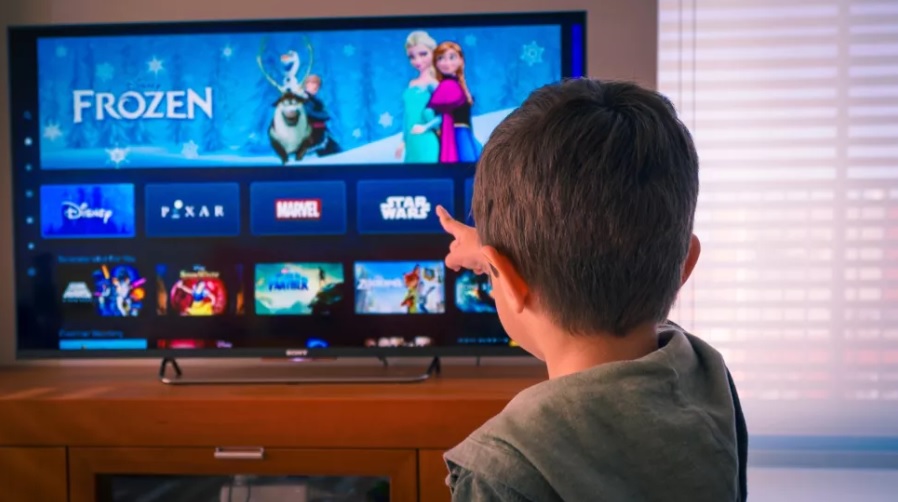

Photo: Shuttershock
At the high end of subscriber estimates, Disney’s new streaming business model could earn $36.1 billion and net $20.1 billion (!) annually.
Given the possibility of those margins, you can understand why Disney has committed to a digital future. That’s where the money is.
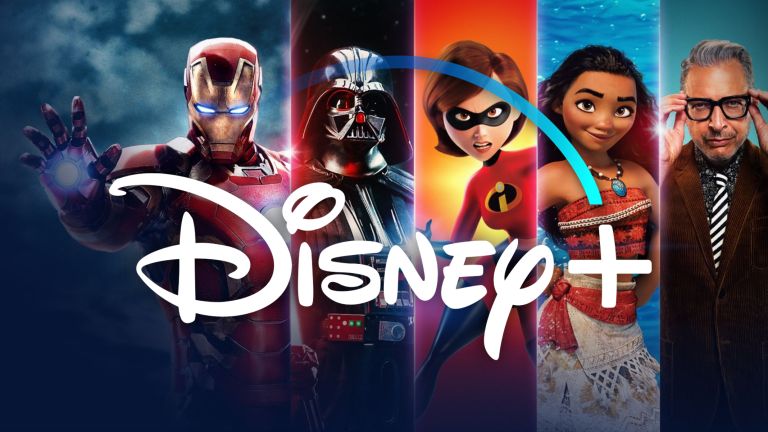

Of course, Disney earning that kind of money means more reinvestment at the parks, making us all winners.
That’s the magic of Disney right there. The company faced impossible odds in 2020 and still somehow came out ahead.
Feature Image: (Disney: Kent Phillips, photographer)


